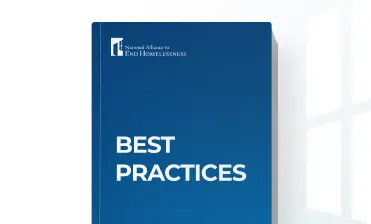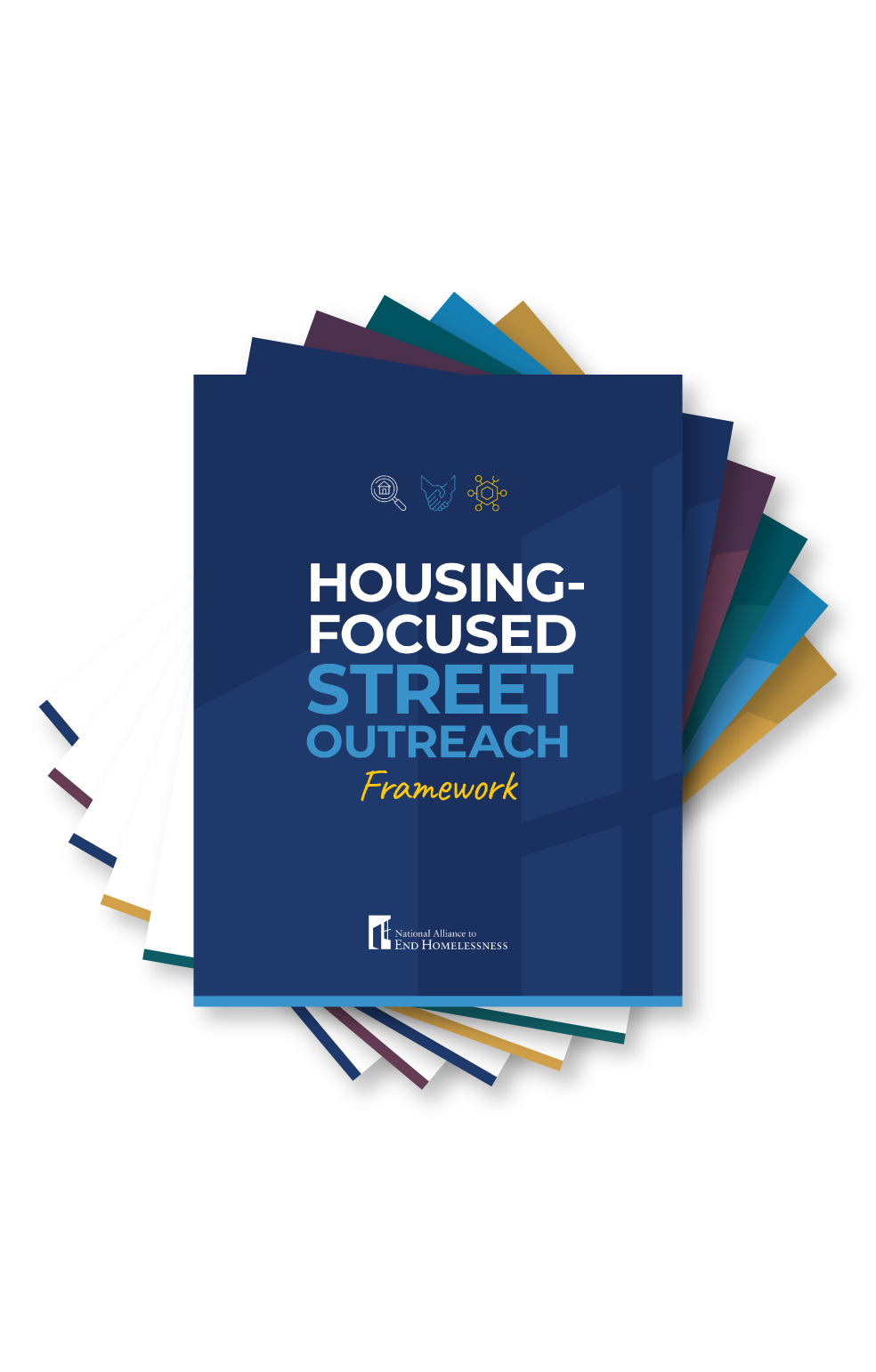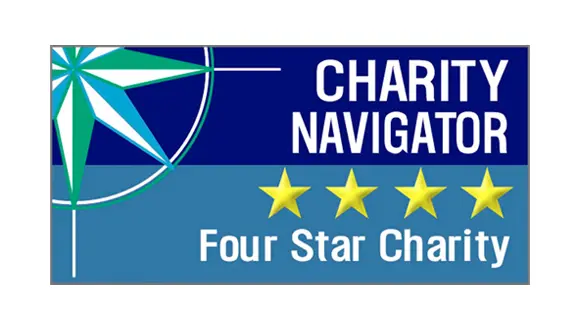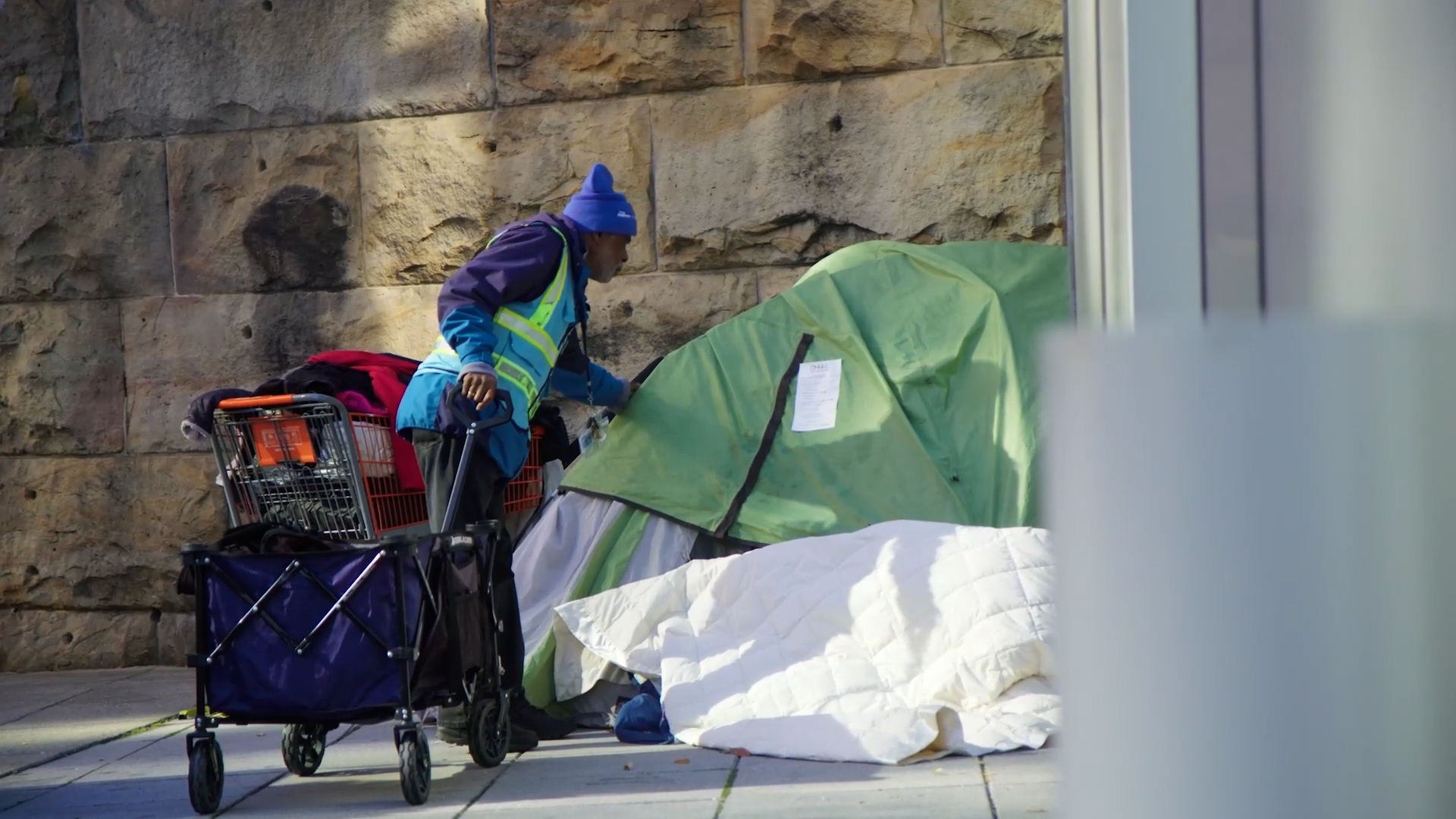The following post is part of a blog series exploring the harmful impacts of President Trump’s recent Executive Order on homelessness. In each post, Alliance staff will discuss one component of the Executive Order, and what the implications will be on homeless services. Please note, the Alliance cannot and does not provide legal guidance. Please consult a lawyer for legal interpretations.
Read more from this series:
What the Executive Order Says about Harm Reduction
“The Secretary of Health and Human Services shall take appropriate action to ensure that discretionary grants issued by the Substance Abuse and Mental Health Services Administration for substance use disorder prevention, treatment, and recovery fund evidence-based programs and do not fund programs that fail to achieve adequate outcomes, including so-called “harm reduction” or “safe consumption” efforts that only facilitate illegal drug use and its attendant harm.”
[….]
“With respect to recipients of Federal housing and homelessness assistance that operate drug injection sites or “safe consumption sites,” knowingly distribute drug paraphernalia, or permit the use or distribution of illicit drugs on property under their control:
- (i) the Attorney General shall review whether such recipients are in violation of Federal law, including 21 U.S.C. 856, and bring civil or criminal actions in appropriate cases; and
- (ii) the Secretary of Housing and Urban Development, in coordination with the Attorney General, shall review whether such recipients are in violation of the terms of the programs pursuant to which they receive Federal housing and homelessness assistance and freeze their assistance as appropriate.”
Why This is a Problem
Drug or alcohol addiction, also called substance use disorder, is a public health issue that affects millions of people throughout the United States, most of whom are not homeless.
The Trump Administration wants to redirect federal funding away from evidence-based healthcare and housing interventions. This includes harm reduction, a public health strategy that reduces the health risks involved for people who use drugs or alcohol. Harm reduction approaches also stop the spread of preventable communicable diseases.
This Executive Order is a direct attack on life-saving harm reduction services, like naloxone (also known as Narcan) distribution, syringe or needle exchange programs, safe smoking supplies, drug testing strips, and even Medication-Assisted Treatment (MAT).
Without harm reduction strategies, both homeless and housed people will die; many individuals who are homeless and addicted will lose their initial connection to services.
Moving away from harm reduction will result in poorer treatment outcomes and fewer people entering recovery. Defunding these approaches will result in the exact opposite of what the administration hopes to achieve.
What’s the Alternative?
Harm reduction has a proven track record of saving lives. The Administration should adhere to this approach.
Harm reduction helped reverse the course on drug overdose deaths in the United States. Between 2013 and 2022, drug overdose deaths were increasing year over year, but after peaking at an all-time high in 2022, they started trending downward in 2023. Drug overdose deaths saw a dramatic decrease of 27% in 2024 according to the U.S. Centers for Disease Control and Prevention.
These lives were saved because of harm reduction.
The Administration should listen to the experts, and increase federal funding for harm reduction based on decades of data and evidence that bolster a successful public health strategy.
Stay Updated: Solutions, Stories, and Ways to Make an Impact
Sign up to receive updates on the Alliance’s work, including the latest research, advocacy efforts, and real stories of progress — plus ways you can help drive lasting change.














